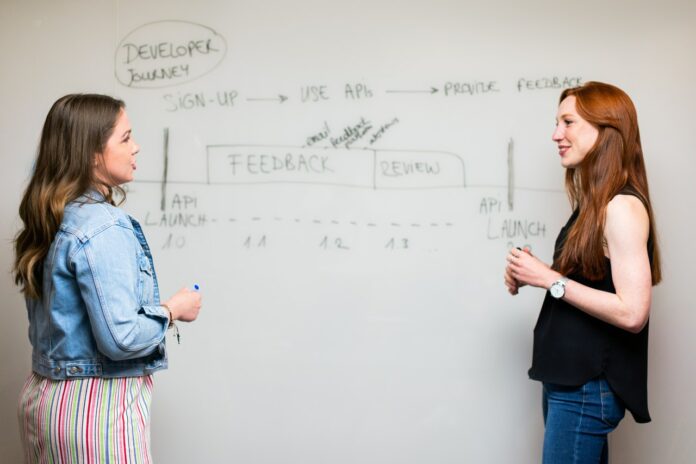No one wants to launch a product that will fail. And unfortunately, building the wrong product and realising there is no market demand for it something that startups commonly fail on. When you have an idea to build out something new, prototyping during the early stages of product development is a fundamental step you should take to maximise your chances for a successful product launch.
Prototyping allows you to conceptualise, test, refine, and validate your ideas quickly and as cheaply as possible. Before embarking on building out your entire product, you should get as much feedback as possible from your customers. You don’t want to launch your product only to realise that you have been focusing on building the wrong thing. If you release a product that is not a fit for your customers, you are likely to encounter a situation where you have wasted your precious time, money, and resources. Your peers and potential users will be able to better understand your concept if they can visually see it. It’s important to put your ideas in front of people instead of waiting around to perfect them. You need to welcome feedback from your potential users to help you to iterate your product to optimise it.
Here are 5 simple ways you can prototype your ideas ranging from simple and low cost, to more complex and time-consuming. These prototyping methods that we share in this article can be applied to both new and existing startups alike, whether you are launching an entirely new product in a new company or a new feature with your existing product.
- Create a landing page
This is one of the most popular ways for businesses to understand the demand for a new product. A landing page helps to communicate to your potential users your product offering. It should contain a headline to communicate your key value proposition, copy to explain in a few lines what your product does and some of its features, visual imagery to help bring your idea to life, and a call to action. The call to action should point to a sign-up form where you can collect pertinent details about your customers – whether it’s a quick survey to understand their preferences for the product or a mailing list so you can start generating a waiting list for your product or candidates for customer interviews.
Creating a landing page will require a maximum few hours of work. Building a landing page can also involve minimal tech, you can use a no-code website builder like Wix or Squarespace.
- Build an MVP version of the product
This is the first version of your product that is usable and it should be far far away from perfect. This is a version that will be released to your early adopter users, and perhaps these users will be paying. This method of testing your idea will require more time and resources. Once you have an MVP released, you should be constantly monitoring your product and collecting feedback from customers. This data is essential for understanding the next steps you should take with your product and what later versions of your product will look like.
- Use a no-code solution to build a light version of your product or idea
There has been a dissemination of no-code solutions in the last year or so. These solutions have significantly brought down the barriers of building software and garnered credibility to be almost as powerful as leveraging technical. Using a no-code solution to build your product to get out into the hands of your customer can be a great way to test your product before investing heavily in technical resources to build it out. Some no-code startups that can help you build your no-code prototype include Bubble, Webflow, and AppMachine.
- Create wireframes to mock up your product
This method is another way to test out your product without actually building it. Wireframes are like a blueprint to your product, and you can create either low-fidelity (the bare-bones sketches of your product with basic elements) or high-fidelity wireframes (almost like a realistic sketch of what your product will look like including design elements). Within common prototyping software like Figma, Sketch, and AdobeXD, there is functionality to connect your wireframes together to build out a prototype. This prototype can be shared with your potential customers for feedback. It would virtually appear to the customer as if it would be a working product and they can test it out by clicking on different parts of your wireframes to get a feel for the functionality. You can also conduct user testing with these prototypes and observe how your potential users interact with it and identify any usability issues.
- Paper prototypes
Similar to creating wireframes to digitally mock up your product, you can draw out sketches of what your product will look like on paper. It’s the most inexpensive and quick way to prototype. All you really need to create paper prototypes is paper and pen! Paper prototypes will not have as much detail as digital ones. This can be advantageous in helping your potential users understand its full potential value by stripping down the details to the bare minimum. As you review them with your potential users, you can also rapidly iterate in real-time by just drawing new sketches – making the conversation with your potential users more dynamic.
We hope that these 5 ways to test out the first version of your product or service have helped you! If you’d like to read more, check out our article on: How to know if your startup idea is worth pursuing.




